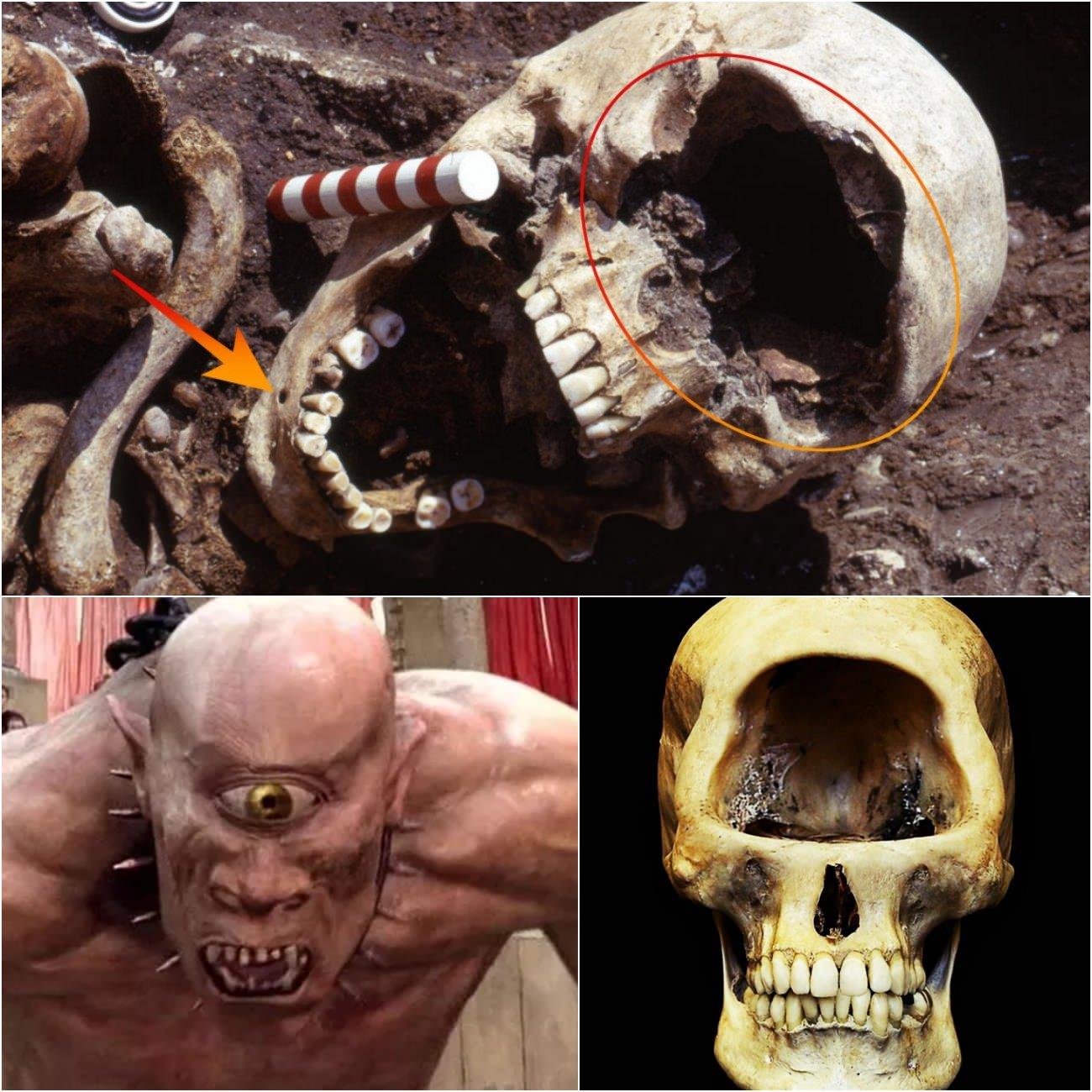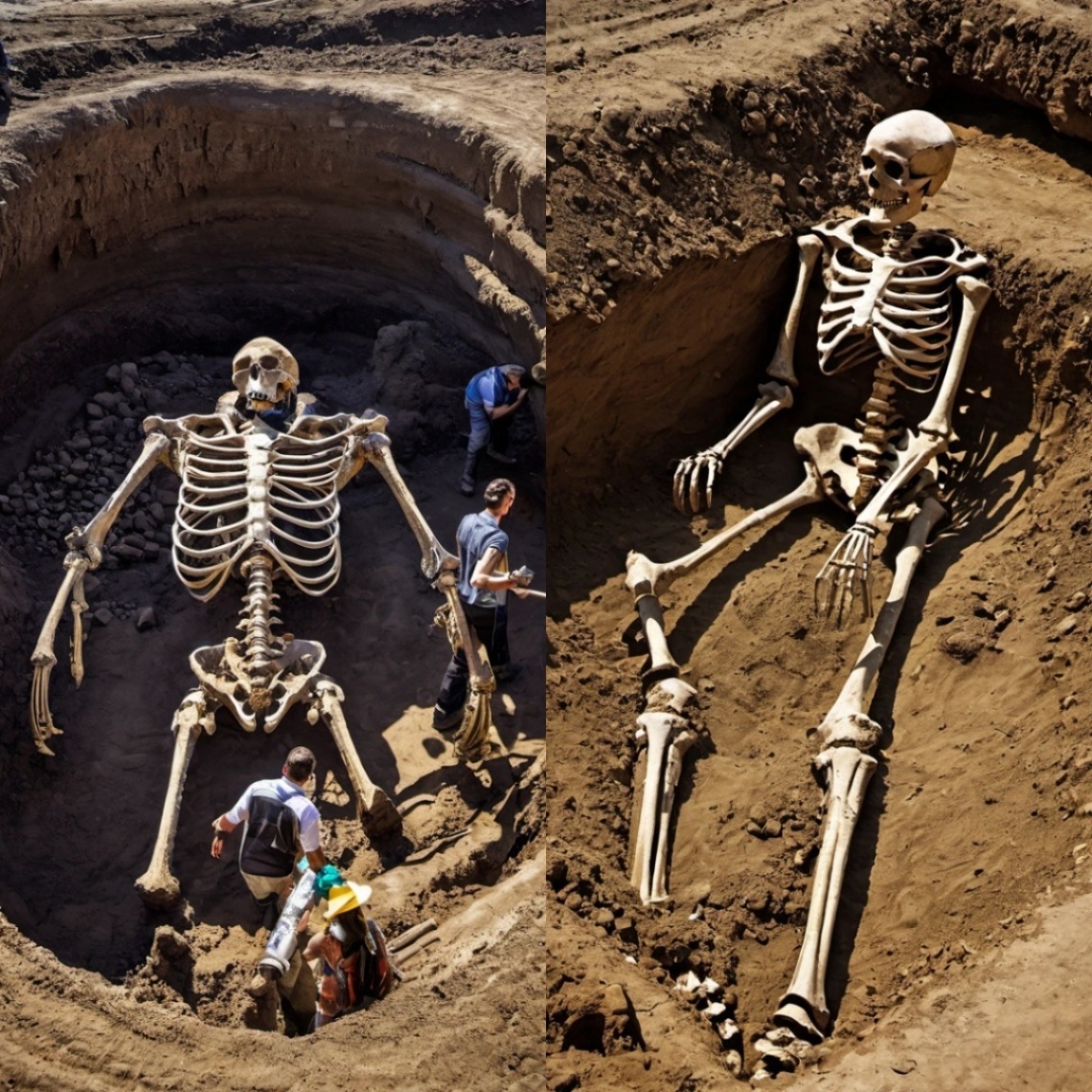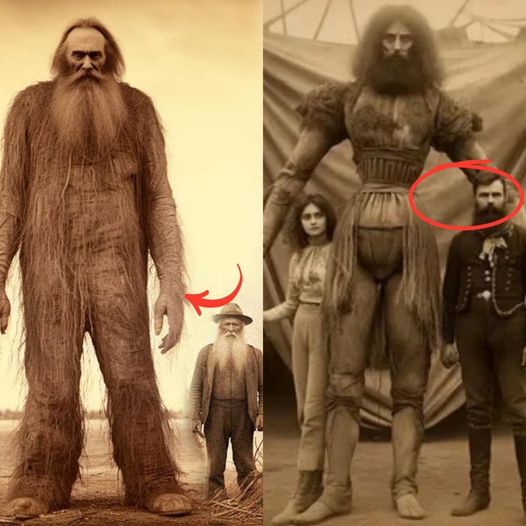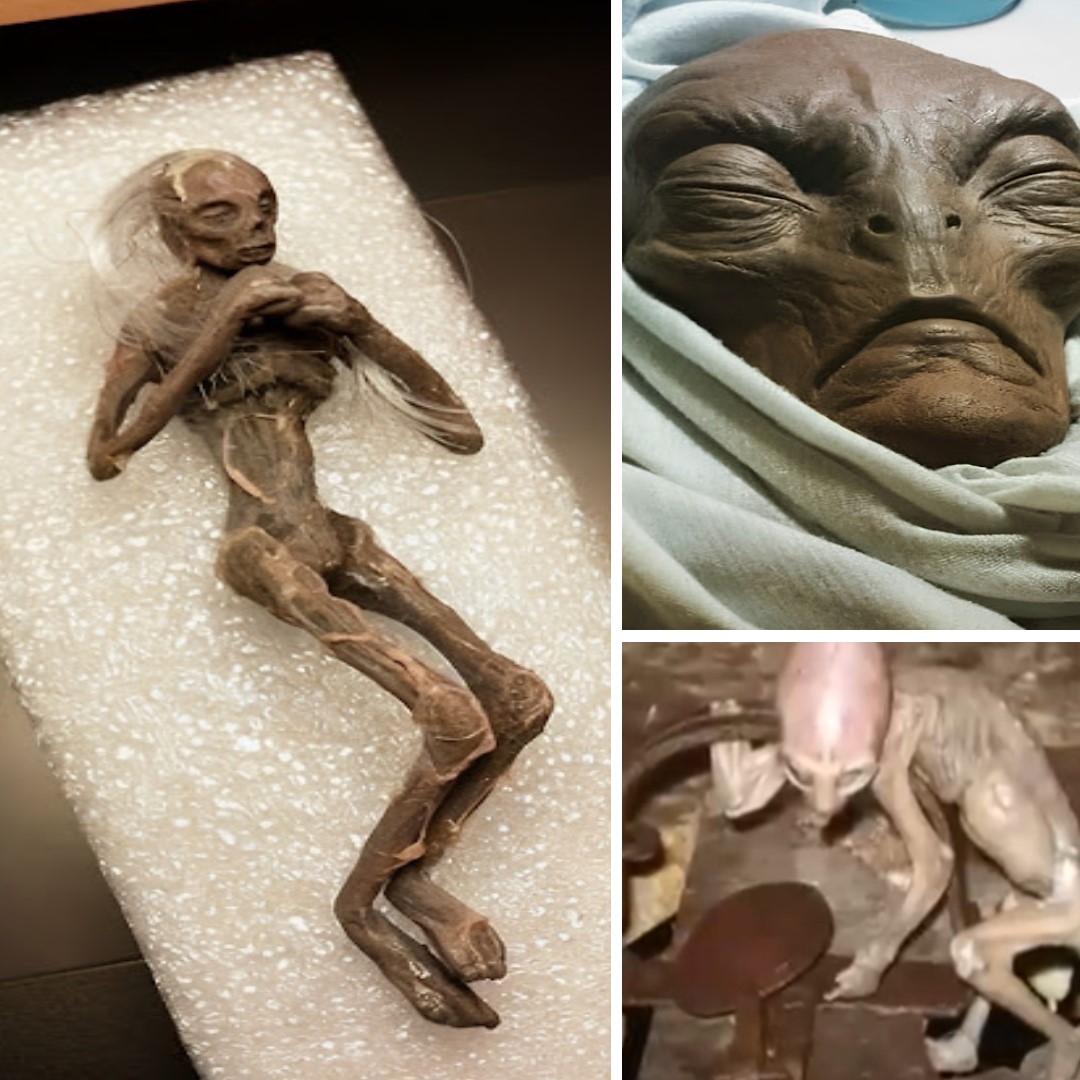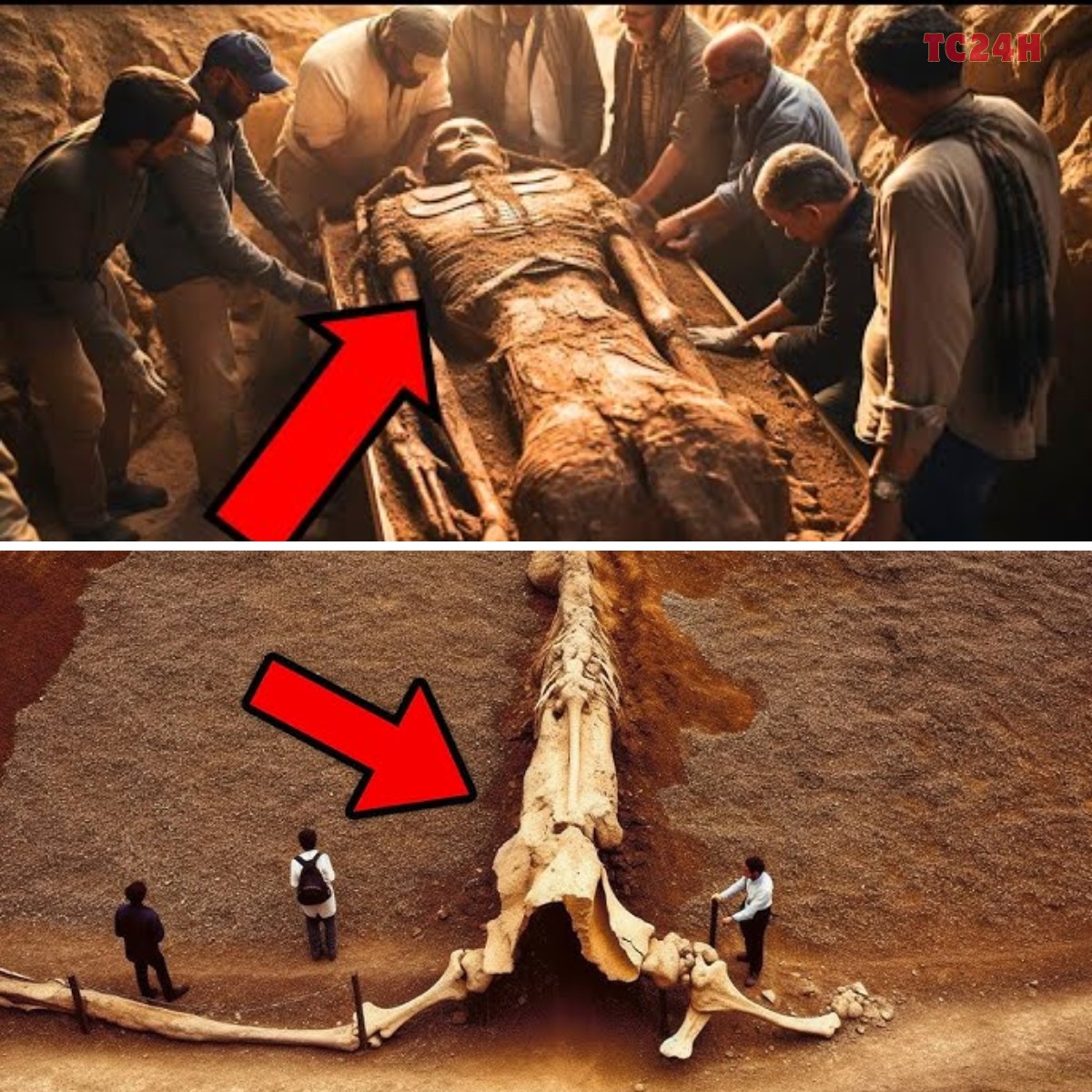According to an ancient Egyptian legend, the Valley of the Kings was protected by a goddess called Meretseger.
The goddess took the form of a cobra to 𝓀𝒾𝓁𝓁 anyone with evil intentions or swore false oaths.

Then, several other tombs – hidden in rocky caves – were built and the valley became a royal necropolis for the greatest personalities of ancient Egypt, such as Tutankhamun, Seti I, and Ramses II, and many others. Image via Egypt Tourism
For over 1700 years, the Egyptians buried their dead kings in pyramids and tombs.
Valley of the Kings (in Arabic: Wadi Biban el-Muluk meaning ‘the Kings’ Gates’), located on the Nile’s west bank near Luxor, was used for burials from approximately 1539 BC to 1075 BC.
The first royal tombs in the Valley were those of Amenhotep I (still disputed) and Thutmose I, the third pharaoh of the 18th dynasty of Egypt. He received the throne after the previous king’s death, Amenhotep I.
Then, several other tombs – hidden in rocky caves – were built. The Valley became a royal necropolis for the most outstanding personalities of ancient Egypt, such as Tutankhamun, Seti I, Ramses II, and many others.

Left: A scene from the Amduat on the walls of the tomb of Thutmose III, KV34, in the Valley of the Kings. Right: Thutmosis III statue in Luxor Museum. Image credit: Chipdawes – Public Domain
Many of the Valley’s burial chambers were richly decorated with paintings and murals depicting the deceased’s life, the scenes of the afterlife according to the Book of the Dead, and items that would enable a continued existence in the afterlife in well-being. There were also magical ritual artifacts such as Shabtis and religious figurines.
When archaeologists began excavations at the beginning of the nineteenth century, many tombs were already looted.
The first great archaeological discovery in the Valley of the Kings was made in 1768 by English traveler James Bruce. He discovered the tomb of Ramesses III, the second Pharaoh of the Twentieth Dynasty.

Ramses III offering incense, and wall painting in KV11. Image source.
In 1798 Napoleon Bonaparte invaded Egypt, taking with him 40 scientists to record ancient and modern life along the Nile. Their findings were published in 1809 in a book,” Description de l’Egypte.”
In November 1922, the most sensational discovery took place. British archaeologist Howard Carter discovered Pharaoh Tutankhamun. The tomb was intact and packed with antiquities, including Tut’s world-famous golden mask, a sarcophagus of gold, gold headdresses, jewels, statues, chariots, weapons, ornaments, and paintings.
It took over three years to excavate and catalog the tomb’s contents.One of the most sophisticated tombs discovered in the Valley of the Kings was that of Thutmose III. Inside the tomb, archaeologists found only the wooden statues of the king and other gods, the red quartzite sarcophagus, pottery, bits of wooden model boats, and the bones of animals.

Upper left: Seti I’s mummy was found in Deir el Bahari cache. Below: His cartouche and to the right: KV17: Seti I’s tomb
The Tomb of Seti I, a pharaoh of the New Kingdom Nineteenth Dynasty of Egypt, the son of Ramesses I and the father of Ramesses II, was well preserved and impressive as being the longest at 136 meters and most profound of all the New Kingdom royal tombs.
The tomb (KV17) was found in 1817 by Giovanni Battista Belzoni. It was also the first tomb with decorations including ‘
The Legend of the Destruction of Mankind’ on every passageway and chamber with highly refined bas-reliefs and colorful paintings – fragments of which, including a large column showing Seti I with the goddess Hathor, can be seen in the Museo Archeologico, Florence.
